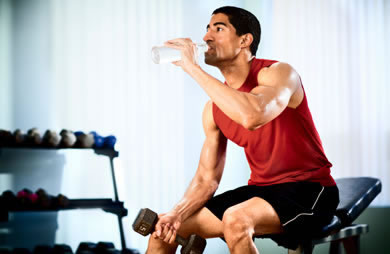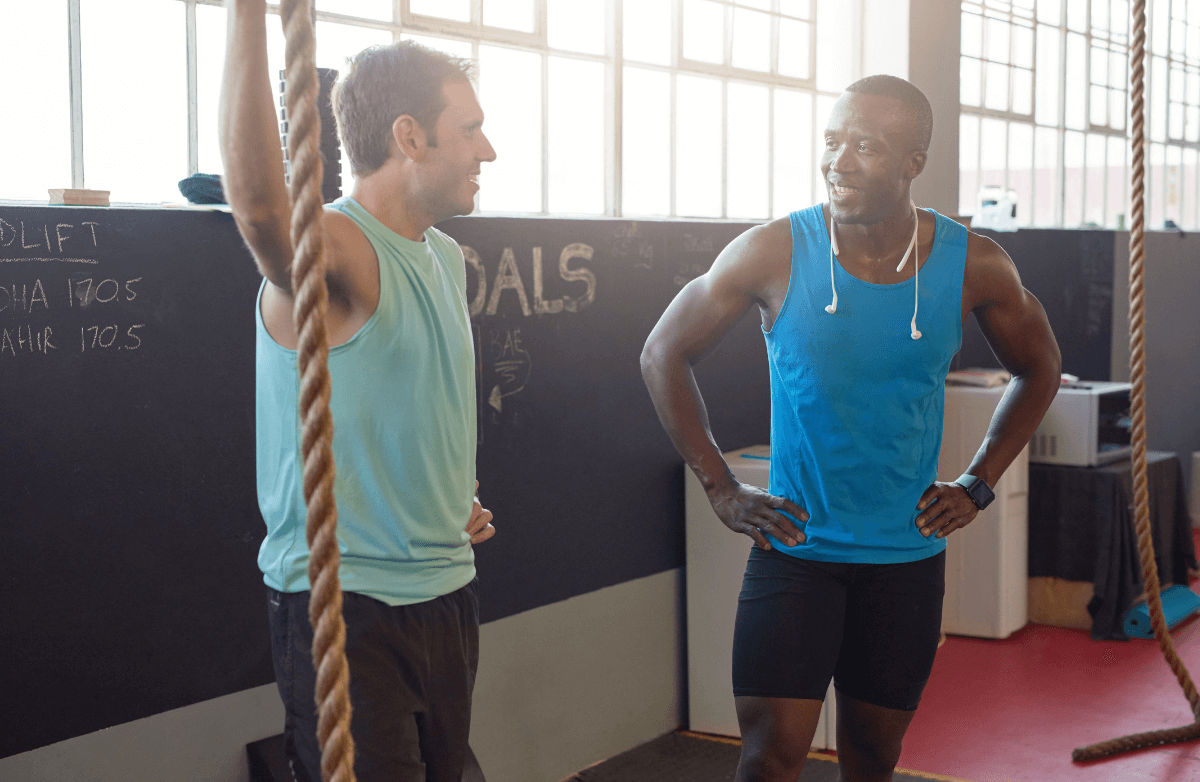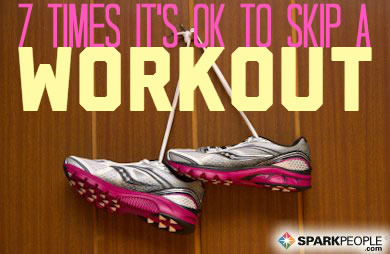Regular exercisers are often on the hunt for the “perfect” workout routine—one that is enjoyable, effective, and leaves you feeling energized. While cardio and strength training are important, there’s another essential piece of the puzzle that is often overlooked: proper rest.
Exercise strengthens the body, but more isn’t always better. Intense, daily workouts without adequate rest can lead to overtraining, which may cause decreased performance, insomnia, fatigue, and even injuries. Rest days are a vital part of a balanced exercise program—they aren’t an excuse to be inactive.
Why Rest Matters
Strength training and other forms of exercise create tiny tears in your muscles. Rest days allow this tissue time to repair and rebuild, which is how muscles grow stronger. Without rest, muscle tissue continues to break down and does not rebuild effectively, slowing progress and increasing the risk of injury.
What “Rest” Really Means
Rest doesn’t mean staying completely sedentary. You can incorporate light movement into your rest days through everyday activities such as taking the stairs, walking during errands, or gentle stretching.
If you prefer to remain active, try active recovery, which involves low-intensity exercise that keeps blood flowing, supports muscle repair, and reduces soreness. Examples include:
-
A relaxed walk
-
Gentle yoga or stretching
-
Leisurely bike ride
Active recovery also helps maintain consistency in your routine, making it easier to stick with your program without feeling guilty about taking a day off.
How Much Rest Do You Need?
The number of rest days you need depends on several factors:
-
Age: Older adults generally need more recovery time between workouts.
-
Workout intensity: High-intensity sessions like HIIT or long-distance training require more recovery than moderate activity.
-
Experience level: Long-time exercisers often recognize their limits, while beginners may push too hard and benefit greatly from scheduled rest days.
Rest vs. Recovery
Rest is one part of the recovery process. Recovery also includes:
-
Adequate sleep
-
Proper hydration
-
Balanced nutrition
These factors all help your body repair and prepare for the next workout.
Key Takeaways
-
Rest days are not a sign of laziness—they are a sign of smart training.
-
Incorporating rest into your routine improves energy, performance, and overall well-being.
-
Listen to your body and give it the breaks it needs to stay strong, healthy, and motivated.
By valuing rest as much as exercise, you’ll maximize your workouts, reduce the risk of injury, and feel your best—both physically and mentally.













